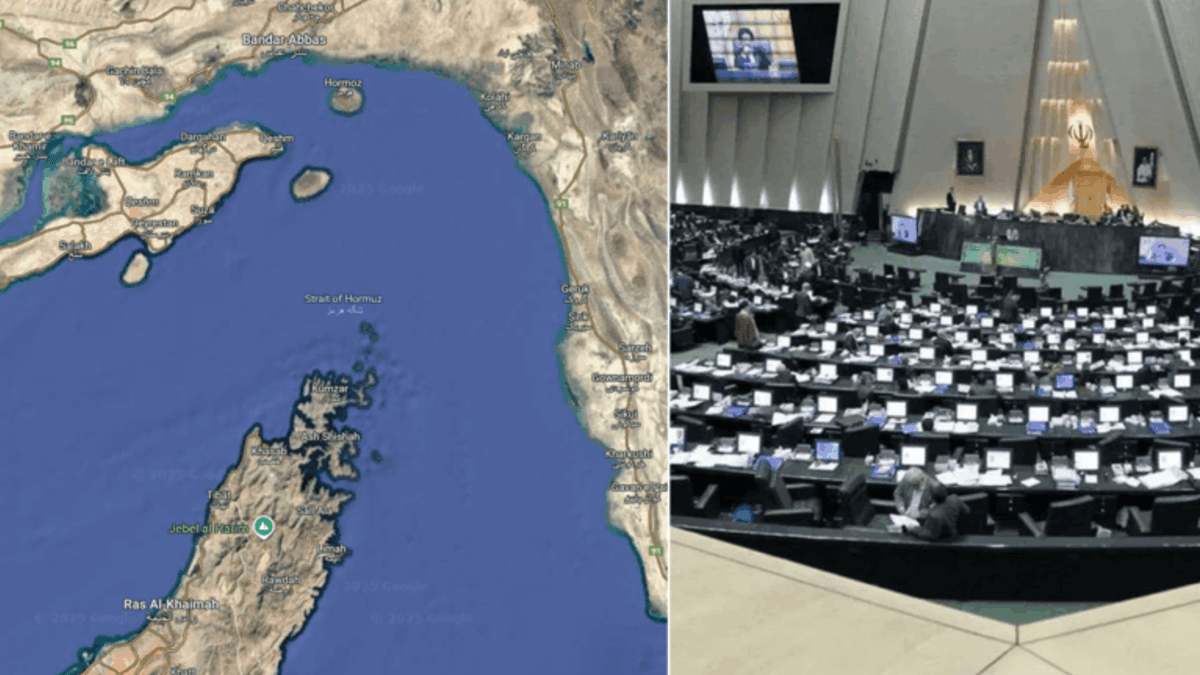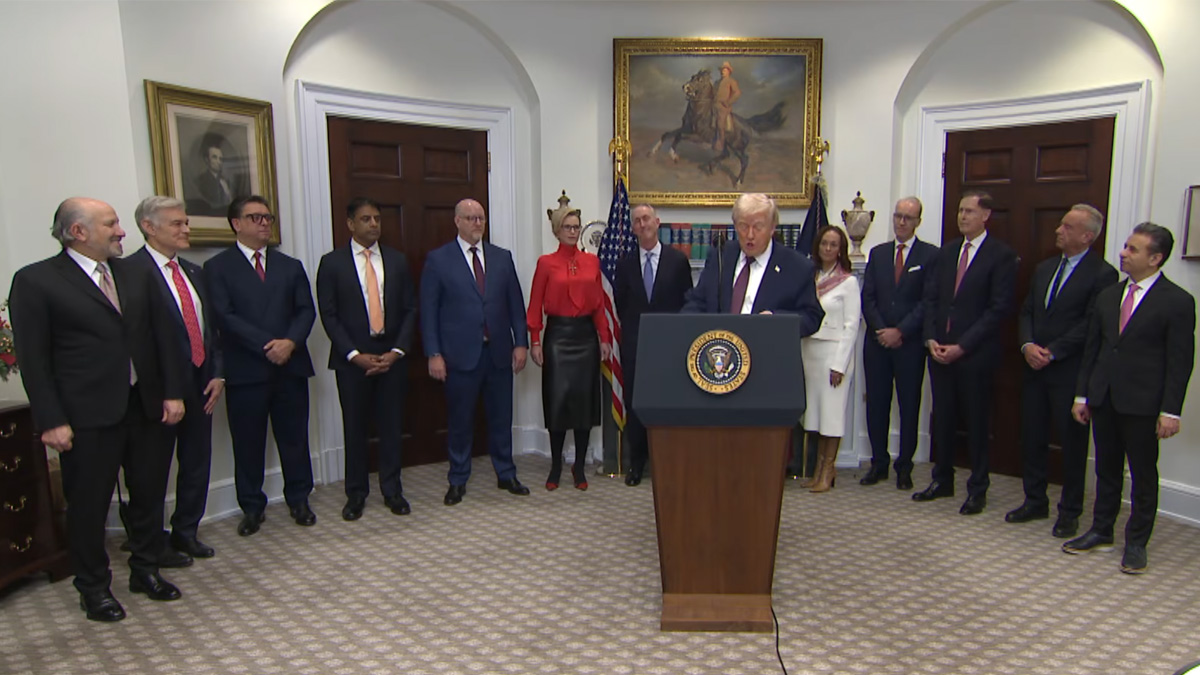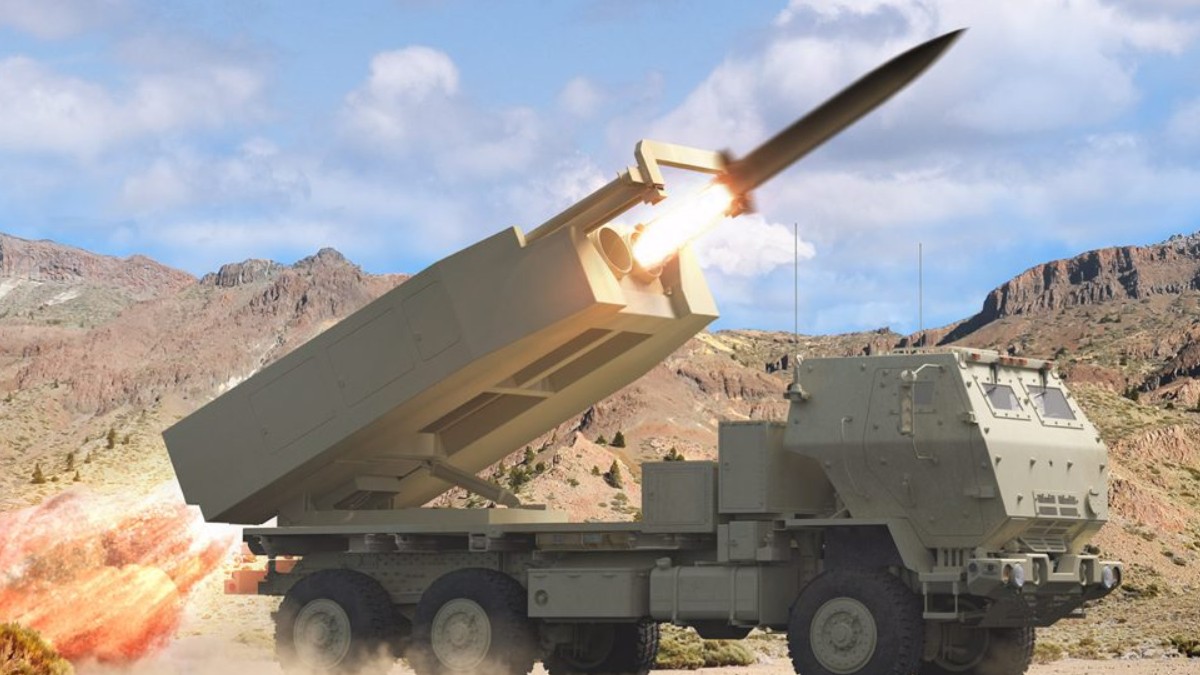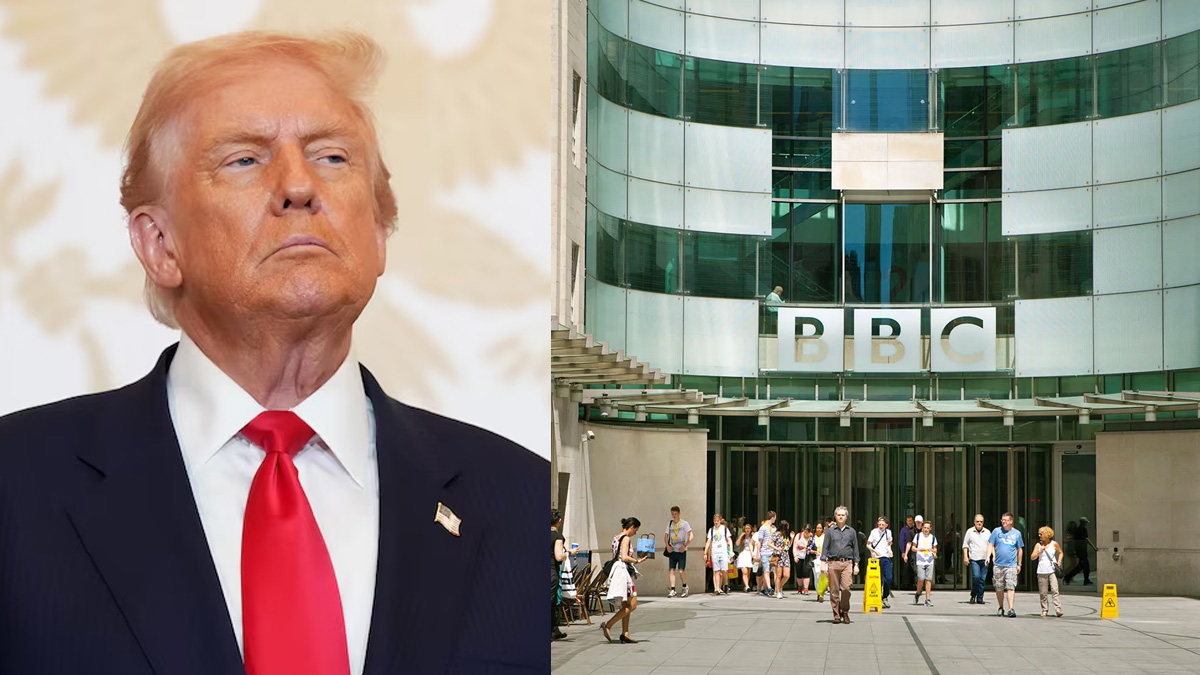Iran parliament pushes for closure of Strait of Hormuz after US strikes on nuclear sites
Iran’s parliament has voted to pursue the closure of the Strait of Hormuz following US airstrikes on its nuclear facilities. The final decision rests with the Supreme National Security Council, raising global concerns about energy security and regional escalation.

- Iran’s parliament has voted to push for closure of the Strait of Hormuz, with final approval pending from the Supreme National Security Council.
- The move follows US strikes on Iran’s nuclear facilities ordered by President Trump on 21 June 2025.
- US leaders warned that closure would be “suicidal” for Iran, while markets brace for possible oil price surges.
Iran’s parliament has voted to push for the closure of the Strait of Hormuz, state media reported on 22 June 2025.
The move comes in response to a 21 June order by US President Donald Trump to strike three of Iran’s key nuclear facilities — Fordow, Natanz, and Isfahan — in the most significant Western military assault on the country since 1979.
The decision now rests with Iran’s Supreme National Security Council, which holds final authority over national security matters.
Tehran signals options
While the parliament vote signals Tehran’s willingness to escalate, Iranian leaders have not confirmed whether they will implement a closure.
Foreign Minister Abbas Araghchi told Mehr News that “a variety of options are available to Iran,” without explicitly naming the strait. He condemned Washington’s reliance on threats instead of diplomacy.
General Mohsen Rezaei, a key council member, had warned on state television hours before the strikes that Tehran could close the strait if military conflict erupted.
Washington responds with warnings
US Vice President JD Vance called the move “suicidal,” stressing that Iran’s economy is heavily dependent on oil exports that pass through the waterway.
“Closing the strait would destroy their own economy,” he said.
US Secretary of State Marco Rubio described the idea as a “terrible mistake,” adding that Washington has “options to deal with that” should Iran proceed.
Global oil chokepoint
The Strait of Hormuz is one of the world’s most critical energy corridors. About 20% of global oil and gas supplies pass through it, including over 1.3 million barrels per day exported by Iran in 2023.
Major customers include China, giving Tehran a financial stake in keeping the waterway open.
Disruptions could send shockwaves through energy markets, pushing up prices and aggravating inflationary pressures worldwide.
Market and expert reactions
Energy analysts have raised alarms. JPMorgan Chase described a closure as a “worst-case scenario,” projecting oil prices could rise to US$120 per barrel and US inflation could climb to 5%.
However, scepticism remains. Bloomberg columnist Javier Blas noted that Iran has historically floated such threats through lower-ranking officials to unsettle markets. He argued that closing the strait would hurt Tehran more than it would pressure its rivals.
Conflict backdrop
The push to close the strait follows escalating hostilities. Israeli forces reportedly struck a refinery in southern Tehran on 15 June, although most of Iran’s oil infrastructure remains intact.
The US-led strikes on nuclear facilities on 21 June marked a major escalation, carried out with Israeli backing.
Trump described the operation as “decisive and necessary,” while Iran vowed retaliation.
Economic risks for Iran
Closing the strait could further undermine Iran’s already fragile economy. Oil exports remain its main source of revenue, and sanctions have limited alternative income.
Analysts suggest that even a temporary disruption could severely restrict Tehran’s access to foreign currency and damage its relationships with trading partners, including China.
Watching the next move
The Trump administration has signalled it does not believe Iran will follow through on the closure, though military assets are monitoring the strait closely.
Vance reiterated on NBC: “If they want to destroy their own economy and cause disruptions in the world, that would be their decision… but why would they do that?”
Iran’s final decision will likely depend on how the regional conflict develops and whether it perceives the closure as worth the economic cost.
Markets on alert
Global oil markets are bracing for potential disruptions, with traders watching closely for any signs of Iranian naval activity in the Gulf.
Past standoffs have shown that while Iran has often threatened closure, it has stopped short of fully blocking the strait. Even partial disruption, however, could have far-reaching consequences.








0 Comments